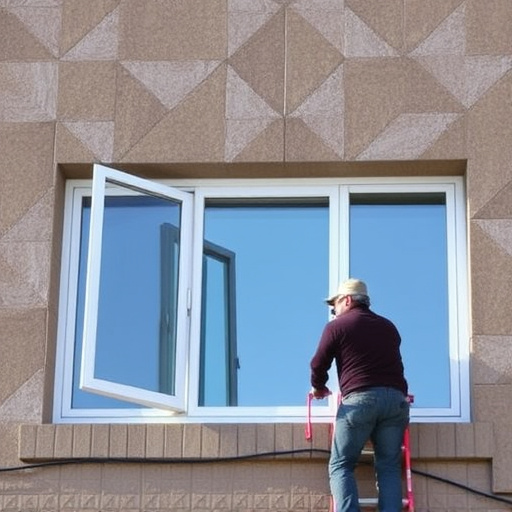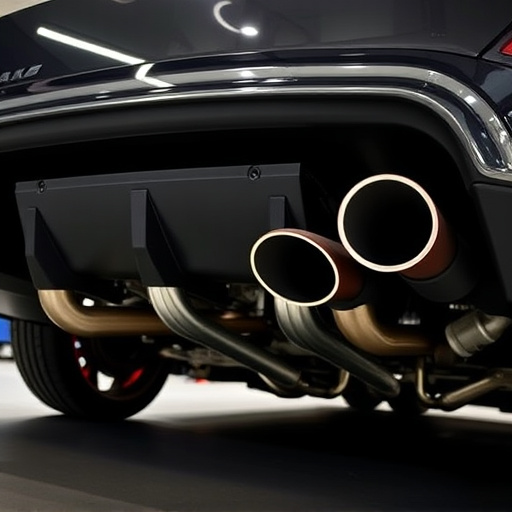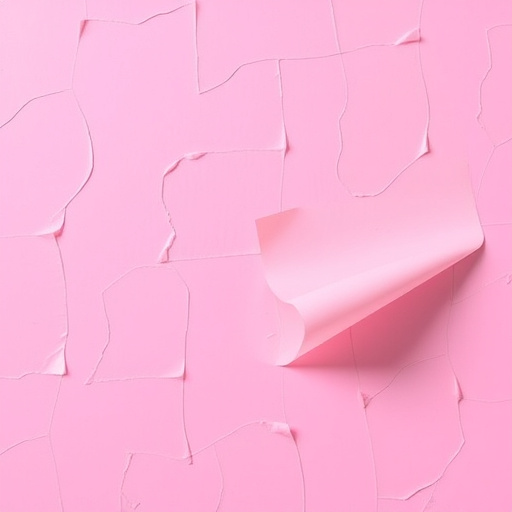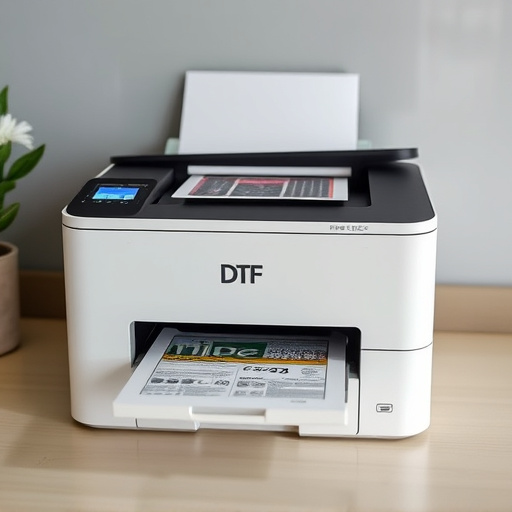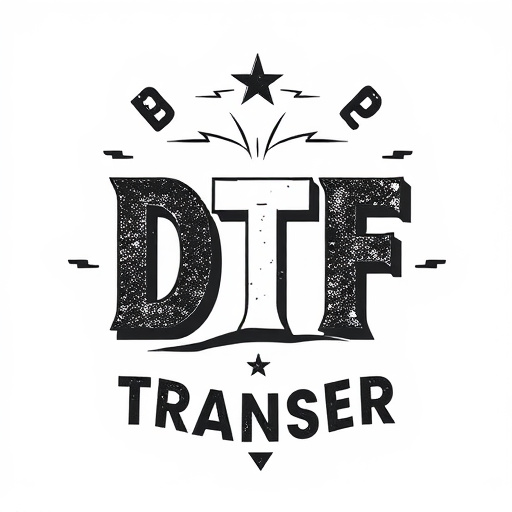Direct-to-Film (DTF) transfers represent a significant leap in printing technology, offering unparalleled quality and durability for image reproduction on various surfaces. By eliminating intermediate steps and employing advanced inkjet printing techniques, DTF achieves superior detail retention, vibrant colors, and longevity. This versatility makes them popular among artists, designers, and businesses for custom artwork, signage, and decorative items. Key factors influencing the durability of DTF transfers include material choice, printing process expertise, and post-printing treatments like laminating or coating. The technology has advanced to provide rich cinematic experiences with stunning detail preservation through high-resolution scanners and specialized software. DTF transfers are used across diverse sectors for various applications, from city signage to critical healthcare markings, emphasizing their robustness and reliability. Future innovations promise even greater durability, detail, and scratch resistance in DTF transfers.
Discover the future of printing with premium direct-to-film (DTF) transfers—a revolutionary technology offering unparalleled durability and detail. This article explores how DTF transfers are transforming various industries, from signage to apparel. We delve into the science behind their superior quality, dissect key factors influencing longevity, and uncover techniques for preserving intricate details. By understanding the advancements in DTF technology, you’ll unlock a world of possibilities for vibrant, long-lasting prints.
- Understanding Direct-to-Film (DTF) Transfers: A Revolution in Printing
- The Advantage of Premium DTF for Longevity and Quality
- Key Factors Determining Durability in DTF Transfers
- Unlocking the Potential: Techniques for Superior Detail Preservation
- Applications and Industries Benefiting from DTF's Superior Durability
- Future Trends: Enhancing DTF Technology for Even Better Results
Understanding Direct-to-Film (DTF) Transfers: A Revolution in Printing

Direct-to-Film (DTF) transfers represent a groundbreaking evolution in the printing industry, offering an unparalleled level of quality and durability for image reproduction. This cutting-edge technology eliminates the need for intermediate steps in the printing process, allowing for direct application of an image onto various surfaces, such as vinyl, canvas, or even metal. By bypassing traditional methods, DTF transfers achieve superior detail retention, vibrant colors, and exceptional longevity.
The innovation behind DTF lies in its ability to capture intricate details and reproduce them with remarkable accuracy. This is achieved through advanced inkjet printing techniques that deposit tiny droplets of pigment onto the substrate, creating a highly precise and fine-grained image. Consequently, DTF transfers are favored for their versatility, enabling artists, designers, and businesses to create custom artwork, signage, and even decorative items with exceptional clarity and aesthetic appeal.
The Advantage of Premium DTF for Longevity and Quality

Premium direct-to-film (DTF) transfers offer a significant advantage in terms of longevity and overall quality compared to standard printing methods. By utilizing advanced technologies and high-end materials, DTF ensures that your images or designs are transferred directly onto various media with exceptional precision and durability. This process results in vibrant colors, sharp details, and a sleek finish that can withstand the test of time.
The superior durability of premium DTF transfers is particularly beneficial for outdoor signage, banners, and other applications exposed to varying weather conditions. The advanced inks and coatings used in these transfers provide protection against fading, chipping, and peeling, ensuring your message remains clear and visible for extended periods. This makes premium DTF an ideal choice for businesses, event organizers, and artists seeking long-lasting, high-quality solutions for their printing needs.
Key Factors Determining Durability in DTF Transfers

Several key factors significantly influence the durability of direct-to-film (DTF) transfers, ultimately dictating the longevity and quality of the final product. Firstly, the choice of materials plays a pivotal role; high-quality films and inks designed specifically for DTF printing ensure superior resistance to fading, cracking, and peeling over time. The expertise of the printer in selecting appropriate substrates tailored to the intended application is essential. Additionally, the printing process itself demands precision and attention to detail. Advanced techniques like electrostatic printing or UV curing can dramatically enhance durability by creating robust bonds between the image and the film surface, preventing smudging or flaking.
Furthermore, post-printing treatments such as laminating or coating serve as protective layers, shielding the DTF transfer from environmental elements, including direct sunlight, moisture, and frequent handling. These finishing touches are vital for extending the lifespan of the transfer, ensuring it retains its vibrancy and detail even under demanding conditions. In the context of DTF Transfers, these considerations combine to form a robust foundation for long-lasting, visually appealing results.
Unlocking the Potential: Techniques for Superior Detail Preservation

Direct-to-film (DTF) transfers have evolved significantly, allowing for the preservation of stunning detail and a rich cinematic experience. Unlocking the full potential of this process involves employing advanced techniques that capture every nuance of the original film. One key method is the use of high-resolution scanners with exceptional optical quality, ensuring minimal light distortion or color shifting. These scanners meticulously capture each frame, preserving intricate details from the smallest text to complex visual effects.
Additionally, specialized software plays a crucial role in enhancing and optimizing the transferred image. Through sophisticated algorithms, noise reduction techniques, and color correction, the DTF process can reveal hidden layers of detail that might otherwise go unnoticed. This meticulous approach ensures that when the final transfer is displayed, whether on a large cinema screen or a high-resolution home theater setup, viewers are treated to an immersive experience, akin to stepping directly into the world of the film itself.
Applications and Industries Benefiting from DTF's Superior Durability

Direct-to-film (DTF) transfers have found their way into a multitude of applications across various industries, thanks to their superior durability and intricate detail retention. From vibrant signage in bustling city centers to intricate art installations in museums, DTF prints have proven their mettle. Outdoor advertising, for instance, benefits greatly from DTF technology, as these signs are exposed to harsh weather conditions yet maintain their visual appeal for extended periods. The same holds true for event banners and trade show displays, where the need for durability and clarity is paramount.
Moreover, industries like automotive and aerospace leverage DTF transfers for high-quality, long-lasting markings. Aircraft components and car parts often require precise, permanent labeling that withstands extreme temperatures and mechanical stress. DTF technology ensures these applications are met with meticulous accuracy and robustness. Additionally, the medical field utilizes DTF for patient identification wristbands, ensuring legibility and minimal degradation over time—crucial aspects in a high-stakes environment like healthcare.
Future Trends: Enhancing DTF Technology for Even Better Results

The future of direct-to-film (DTF) transfers looks bright, with continuous innovations pushing the boundaries of what’s possible. Emerging technologies are focusing on enhancing both durability and detail, ensuring that films maintain their quality for longer periods. Researchers are exploring new materials and processes to improve scratch resistance, color vibrancy, and overall image clarity.
One promising trend is the integration of advanced coating techniques, which can add protective layers to DTF prints, making them more resistant to environmental factors like UV rays and moisture. Additionally, advancements in printing resolution and ink formulations promise to deliver finer details, making complex scenes and fine textures come alive on the screen. As technology evolves, DTF transfers are set to become even more vibrant, durable, and visually stunning.




